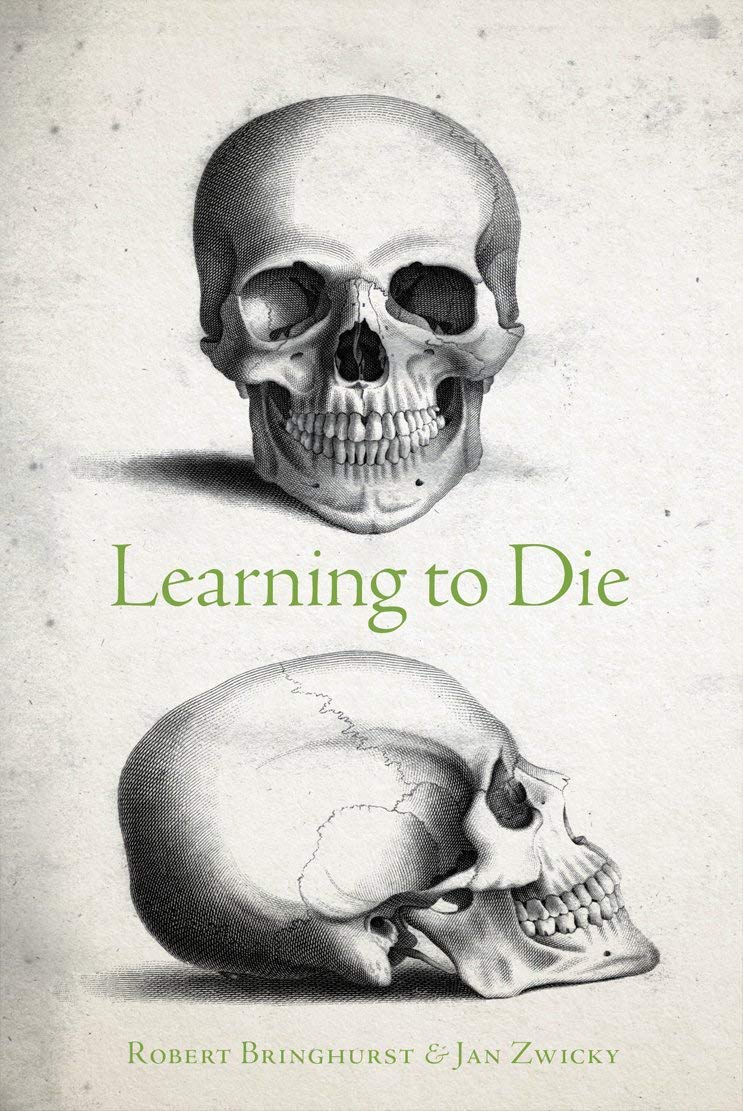Learning to Die
Wisdom in the Age of Climate Crisis
Jan Zwicky and Robert Bringhurst

Placental mammals have been around for sixty or seventy million years - quite a while by human standards, but less than two per cent of the life of life itself. So our kind of bodily structure- the one we share with mice and elephants - is a fairly new idea. Our genus, Homo, is also young as genera go: around two and a half million years old.Our species, Homo sapiens, is less than a tenth that age. Five hundred million more years of life would be quite a future by human standards: about 200 times the present age of our genus, and 2500 times the present age of our youthful and troublesome species. A lot of good thoughts could be thought in that time, a lot of sunrises, moonrises, frogsong and birdsong enjoyed, a lot of good love made, stories told, totem poles carved, telescopes built, mathematics explored, or - for those perverse enough to think such things worth while - a lot of good books written and printed, read and reread.
If you have seen these hornets, you know they have a bright yellow band around the abdomen. Plotkin discovered the function of the band. It is a photo- synthetic organ, like a pine needle or a salmonberry leaf. Vespa Orianalis can operate, like a plant, directly on solar energy. It is, for now at least, the only animal known with this capacity, but in two hundred million years, its descendants may be among the most successiul species